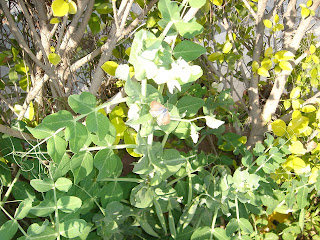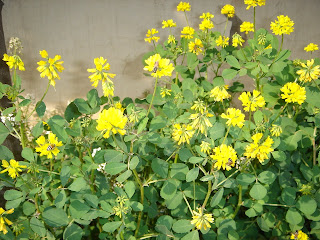The Japanese art form of flower arrangement was organized by the Gurgaon chapter of Ikebana International at Epicentre.

Avers
Ms Indira Misra, President Gurgaon Chapter
"This Japanese art of floral arrangement is different as it follows a Buddhist philosophy. This is an art as it has a recorded history. However, with time this has also evolved and now there are three different schools, namely, Ohara, Sogetsu and Ikenobo which is the most classical style.

More than simply putting flowers in a container, Ikebana is a disciplined art form in which nature and humanity are brought together. Though Ikebana is a creative expression, it has certain rules governing its form.

All the elements used in construction must be organic, be they branches, leaves, grasses or flowers. The artist's intention behind each arrangement is shown through a piece's colour combinations, natural shapes, graceful lines and the usually implicit meaning of the arrangement. The container is also a key element of the composition and various styles of pottery may be used in their construction.

Writes Ekta Saxena in "
Gurgaon Explorer"
"Spiritual aspect of Ikebana is considered very important to its practitioners. Silence is a must during practices of Ikebana. It is a time to appreciate things in nature that people often overlook because of their busy lives. One becomes more patient and tolerant of differences, not only in nature, but also in general. Ikebana can inspire to identify with beauty in all art forms. This is also the time when one feels closeness to nature which provides relaxation for the mind, body and soul."
For a slide show of more pictures please click
HERE.






